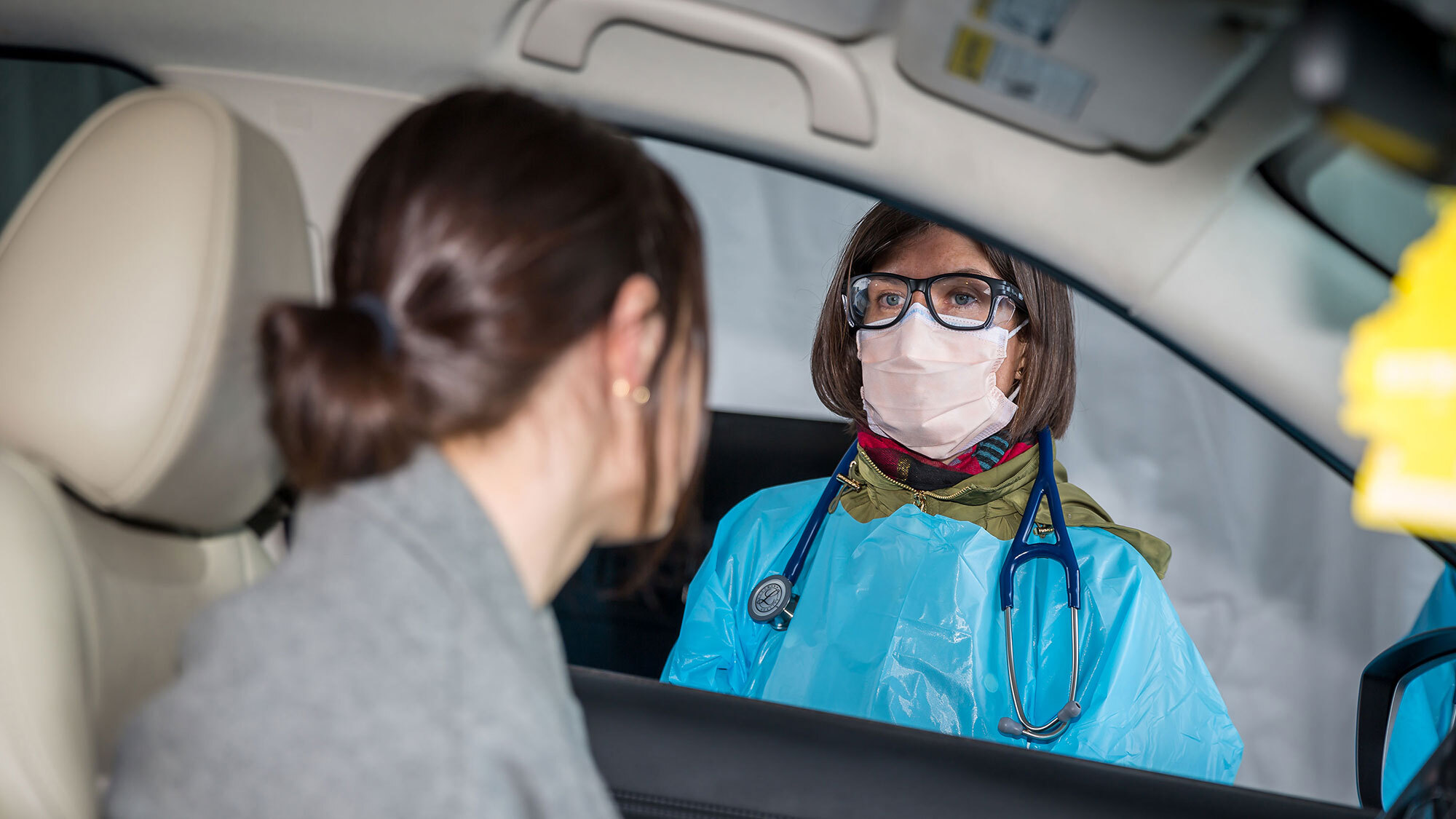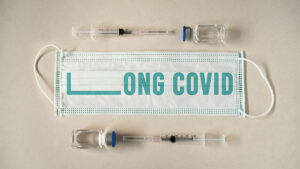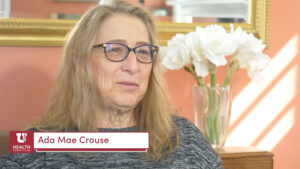The Utah Health and Economic Recovery (HERO) Project— a collaboration between the David Eccles School of Business at the University of Utah, University of Utah Health, Study Design and Biostatistics Core of the Center for Clinical and Translational Science, the Governor’s Office of Management and Budget, Utah Department of Health and the Hope Corps—has concluded phase one of a large-scale undertaking to test 10,000 Utahns from across four counties. In phase one, field workers collected data from 8,500 Utahns aged 12 and older from Davis, Salt Lake, Summit and Utah counties. The data gathered will inform decision-makers in the state as they work to help keep residents safe and get people back to work.
Phase One of the two-phase project aims to measure the proportion of people who have antibody to SARS-CoV-2, the virus that causes COVID-19 infection, in order to understand prevalence within the population (that is the total number of infections that have occurred over time) and other factors associated with the virus . Phase Two will extend the same work to Utah’s other counties, assess communities that may have high viral activity, focus on students/children to help guide best practices for returning to school, and monitor changes in antibody prevalence over time.
Phase One Main Findings:
Results were analyzed for blood samples and nasopharyngeal tests collected between May 4th and June 10th, 2020. This project used the best available tests to yield accurate estimates. A random sampling scheme called cluster sampling was used to get a representative sample. The estimated seroprevalence accounts for sampling design, non-response, and test error.
- It is estimated that the overall 4-county seroprevalence (or the proportion of members of the population with detectable antibodies to SARS-CoV-2) is 0.96% (95% confidence interval: 0.42% – 1.81%). This means that about 1 in 100 residents of these counties showed evidence of prior infection.
- For every case that was detected by some other means, there were approximately another 2.4 cases that were not detected.This is lower than case count ratios reported in community seroprevalence studies conducted in other states and suggests that testing was comparatively comprehensive during the early months of the pandemic In Utah.
- Roughly 30% of participants who were seropositive (i.e., had COVID-19 antibodies) reported having a prior positive COVID test, which is consistent with the detected fraction estimated at the population level, as reported above. To re-emphasize, more people have had COVID-19 infection than what clinical diagnosis, contact tracing, and screening indicate.
- We estimate the infection fatality rate (or ratio) in Utah to be approximately 0.29% (with an approximate 95% confidence interval of 0.16% to 0.67%). The case fatality rate, the proportion of fatalities among diagnosed cases, is approximately 0% in Utah. Note: the term “case fatality rate (ratio)” refers to COVID-19 related deaths among reported cases of COVID-19 infection while the term “infection fatality rate (ratio)” includes both detected and undetected COVID-19 infections. Hence, the case fatality rate can be expected to be larger than the infection fatality rate, proportional to the seroprevalence to case count ratio.
- When one member of a household had antibody to SARS-CoV-2, the proportion of other members of the household that were seropositive was 12.4%. This figure is a rough estimate of the secondary attack rate of COVID-19 infection within households.
- Overall, 0.2% of nasopharyngeal swabs were positive by viral PCR testing.
Implications: Phase One has two implications. First, the low seroprevalence and the relatively high detection fraction indicate that Utah’s early efforts to monitor and limit SARS-CoV-2 infections were successful. Second, the low seroprevalence indicates our population is highly susceptible to COVID-19. As efforts to restore economic and social activities are underway, it is imperative that recommended preventive measures are followed to retain the benefits achieved through substantial statewide efforts over the past few months. NOTE: the data in this report largely reflect infections that occurred up until the beginning of June, before current increases in detected cases.
Overview of project design: Utah HERO provides the first randomized, representative estimate of seroprevalence in Utah using two different systematic sampling designs. The project’s primary sampling design targeted 10,694 randomly selected households and used an intensive sampling process including both in-person visits and mailings to maximize the response rate across these households. Because of the need to conduct in-person visits and obtain laboratory testing, the primary design used a clustered sampling approach in which the targeted households were sampled from 23 of 229 compact geographic areas (defined by two or more adjacent Census tracts) which were themselves randomly selected across the four-county area. An additional 10,040 households across the same four counties were recruited by mailings, but did not receive in-person visits.
This “letter only” sampling design was able to broadly sample across all geographic areas within the four counties, but the less intensive sampling led to a higher rate of non-response. Both the primary and secondary designs utilized stratified random sampling based on 15 strata defined by combinations of the COVID-19 cumulative case count at the start of the study, median age, and the proportion of individuals self-identifying as Hispanic to the Census. The stratified sampling plan assured adequate representation in the project across the different ethnicity, age, and COVID-19 case-count groups. By taking into account the relative proportions of individuals within each stratum, our data analyses are able to make inferences to the full population across these strata, as well as to important subgroups of individuals.
See original press release here.




